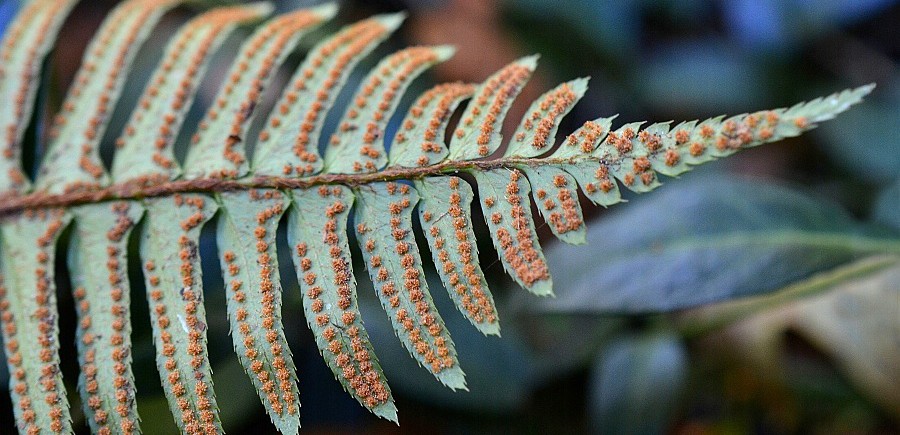
The Gift of the Deer—Helen Hoover (1910-1984)
____________________
It is winter, and the woods are quieter than they were a month or two ago when birds and animals were on the move, caching their food stores and preparing their homes for winter’s chill. Outside my window, snow is falling like feather down. At the suet feeder a red-breasted sapsucker jabs at the greasy cake, and is soon joined by a hairy and downy woodpecker; they are quite the trio, and make the most delightful company. On the ground, juncos, towhees, song sparrows, and the Douglas squirrels indulge on sunflower seeds and cracked corn. I left my writing desk, and headed outdoors for a breath of fresh air. Snowflakes swirled, hitting my face, catching on my eyelashes. I paused underneath the cedar tree listening to the falling snow that sounded like tinsel in the evergreens. Its sound was soothing.
With me, I carried a small bag of green apples tossing them into the woods for any creature that wished to eat them. The next day, a pregnant doe found the apples. She was a real beauty. Very healthy and fit looking. She wasn’t shy. She seemed very relaxed. Enough so that she squatted to relieve herself just a dozen feet from where I stood. It’s my hope she will stay to have her fawns in spring.
Seeing her reminded me of a very special family of piebald deer that visited in the winter of 2009. It was a doe and two fawns. The moment I saw them, I knew they were different. Unlike any deer I’d ever seen. The doe was particularly small. She had white markings, a stocky build, a long back that made her look slightly out of proportion, and short, thick legs. We named her Snowflake because of the white patchwork that mixed with her normal brown coloring. Both fawns were bucks. One was dark brown with a pale throat patch, and we named him Scooter; the other wore a prominent throat patch, and we named him Shasta. Although the fawns didn’t share the same white markings as their mother, they had thick legs that made them look slightly out of proportion.
Piebald is a condition that, unlike albinism that lacks total body pigment, is a genetic defect that gives deer a patchwork of white and brown hair; very much like a pinto horse. While albino and piebald genetic defects are rare, piebaldism is slightly more common. Most albino and piebald deer are short-lived because of poor camouflage that makes them an easy target for hunters and predators. They also suffer deformities such as Roman nose, a short jawbone, an arching spine, short, thick legs, and deformed hooves. Research shows that such defects usually happen in overpopulated herds, and that piebaldism is usually less than one percent of the population.
So it was during the winter of 2009 that I met the most curious of all the deer I’d ever encountered, and the most friendly. So convivial were their antics that I thought they might have escaped from a petting zoo. Of the trio, Scooter was the most outgoing, and would take apples from my hand. Together, the fawns romped and played like puppies. Showing off, they’d run at top speed through the woods, leaping over logs, and kicking up soil with their small hooves. They would race around the outside of the house, short-cutting through the carport, which always worried me. There were dangerous obstacles there—support beams, loose gravel, our vehicles, and the concrete walk. We also had to be attentive when they took to this kind of play, for despite their small size, they could easily mow us under. So, we always took a safe seat at the picnic table in which the fawns took as their cue for playtime.



Watching them play, and eating apples from our hands was just the beginning where Scooter was concerned. Without any teachings, he readily responded to his name or a whistle. There was an amazing, unexplained connection between us. Something that just can’t be explained. It didn’t matter how far away he was, or what he was doing; if within earshot, he would come running and leaping at full speed. He would then suddenly stop just a foot or two from where I stood. It was a little unnerving, but thankfully his brakes worked!
In the spring, we never saw them again. There’s no question that these piebald deer were something special. I often wonder what became of them. I do know I will never forget them, and the moments we shared, so rare, it happens once in a lifetime.
____________________
Copyright 2016. All rights reserved.

You must be logged in to post a comment.